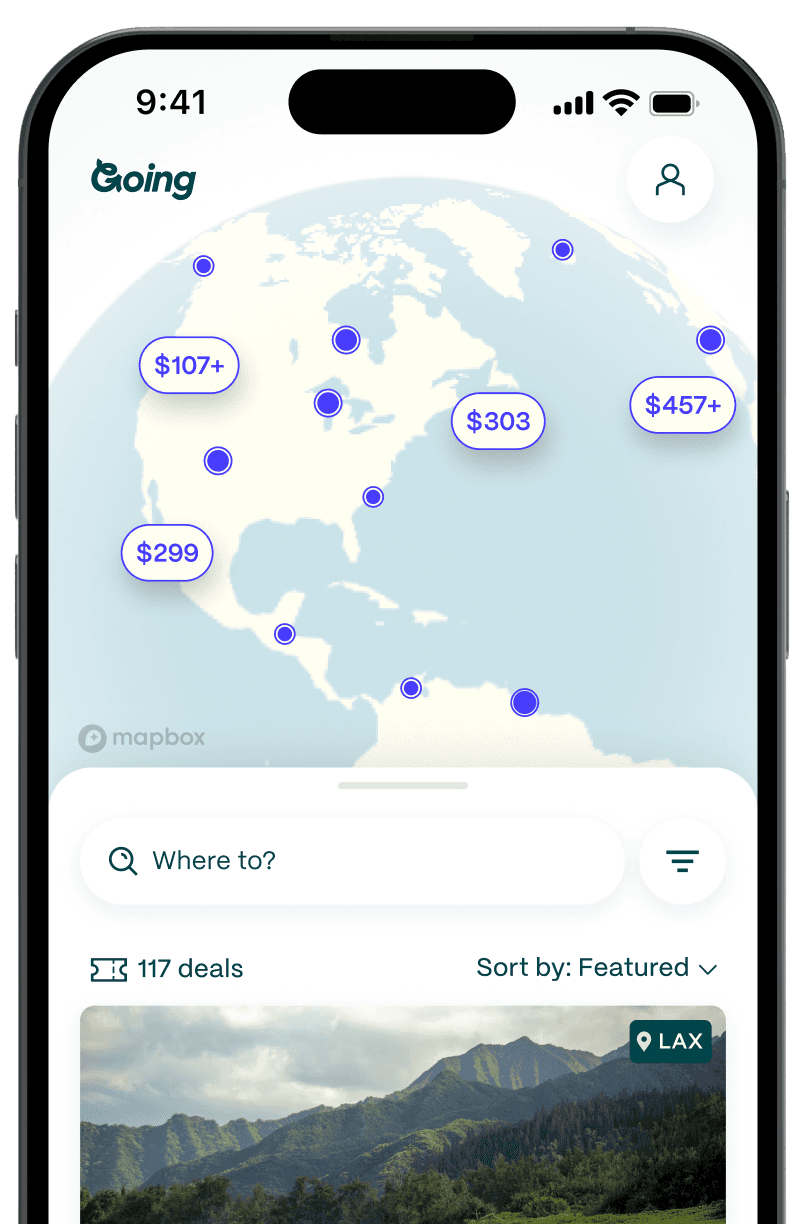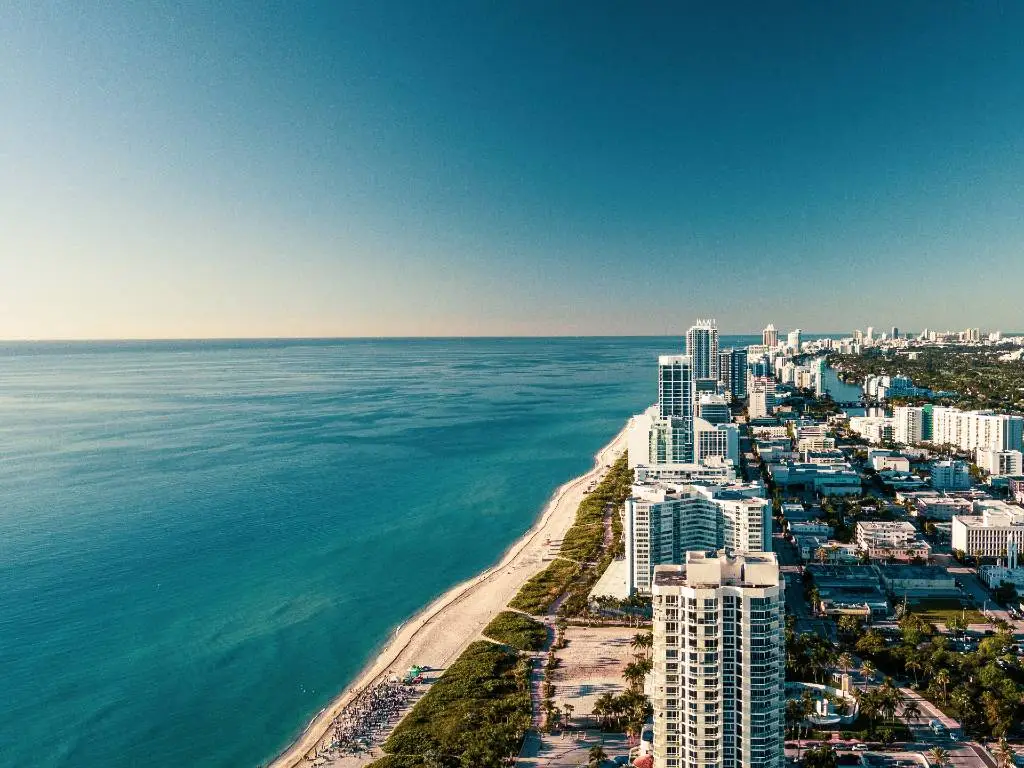
The Travel Guide to Miami
Table of Contents
Welcome to Miami
With its immaculate beaches, iconic style, and penchant for partying, Miami is hands down one of the best cities in the country to escape to for a long weekend. It’s such a perfect destination, in fact, that you might even say that the very name feels synonymous with “vacation.”
If the beaches and aesthetics weren’t enough, it’s also got a dynamic food scene, great shopping, and an art culture that extends far beyond the Miami Biennale – and if the rhythm of the city ever starts to overwhelm you, there are plenty of sandbars, everglades, and oases of serenity where you can unplug off-grid. In short, Miami has it all, and has it all year round.
Who’ll love Miami
Families, couples, group getaways, foodies, fashion lovers, sports enthusiasts, anyone determined to ignore their inbox and zen out on the beach
How to budget for a trip to Miami
A city as large as Miami offers plenty of variety in terms of price points, but be sure to give yourself room for a little indulgence, as there’s plenty of luxury to go around here. A good hotel will range from $150-$300 nightly, and while there’s no shortage of nightlife and upscale restaurants to drain your bank account, a day spent sunbathing, snorkeling, or paddling is near-free entertainment. As for food, a nice dinner sans drinks will cost $50-$100/person.
Safety considerations
With its youthful energy, Miami is largely considered to be very welcoming of LGBTQIA+ visitors, and because it’s a diverse city, the rate of race-based crime is low. (It’s also friendly for solo female travelers.) Just remember that like any big city, some areas are riskier than others. If a neighborhood in Miami feels shady to you, it probably is – but areas like Miami Beach, Coconut Grove, Brickell, and all the other places you’ll want to be are safe. Do watch out for mugging and pickpocketing in the wee hours of the morning.
Weather in Miami
Miami is notoriously sunny and warm year-round, with even the coldest months (December and January) regularly hitting 75-76F. Like most tropical climates, Miami’s seasons can be described as “wet” and “dry” rather than simply “hot” or “cold.”
Summer months can be extremely hot, and they’re also when hurricane season typically begins. Even if you manage to avoid hurricanes, summer is also the rainiest season. In the winter, from December through February, the weather is wonderfully warm and dry.
Autumn is barely noticeable, though the temperatures drop a bit, partly because rainfall remains relatively high and it’s the tail end of hurricane season. Spring weather means highs in the 80sF and no threat of hurricanes.
When to visit Miami
Winter is arguably the best season to visit Miami for the weather, though this is also when prices on things like hotel rooms can jump dramatically as many vacationers head south to escape the bitter cold further north.
Hotel rates are also high during parts of the spring, thanks to Spring Break visitors. If you time your visit toward the end of spring, though, you can hit the sweet spot after most of the party crowds have gone home, before the temperature climbs and hurricane season starts.
In terms of festivals, Miami’s Carnaval (also known as the Calle Ocho Music Festival) is among the most popular, turning the city’s Little Havana neighborhood into a 10-day street party every March.
Money saving tips
Keep the car in park. While you’ll need your own wheels for day trips, it’s significantly cheaper to leave the car at your hotel and use Miami’s public transportation to get around. There’s even a network of free trolley routes through many of the city’s neighborhoods. If you want a little more autonomy over where you go, give Miami’s Citi Bike system a try. A one-hour pass is only $6.95, and if you want to keep the bike for the day it’s $24.
Pack a picnic before you go to the beach. Miami’s beaches are all public, so you won’t have to pay a fee to sunbathe or splash around in the water. But when you start feeling peckish, the nearby food options are pretty much all expensive. Visit a local grocery store or market before your beach day for all the provisions you’ll need at a fraction of the cost.
Steer clear of hotels in Miami Beach. Even if you time your visit to avoid Miami’s most popular tourist seasons, beachfront hotels in Miami Beach are still going to be on the expensive side. Look for lodging that’s in Miami itself, not on the beach.
Book nightclub admission in advance. The nightclub scene in Miami is famous, and it’s almost impossible to get into many popular clubs without an advance reservation. It may still be a splurge for you, but getting your tickets well ahead of your trip can cut the entry fee dramatically.
What to see, do, and eat in Miami

Top 10 things to do in Miami
- Visit the iconic Venetian Pool in the middle of Coral Gables, a freshwater, quarry-rock pool complete with dazzling waterfalls
- Relax with a trip to Virginia Key, offering secluded beach access that feels miles away from the urban hustle
- Head to the far reaches of Key Biscayne to experience Bill Baggs Cape Florida State Park, home to some of the most pristine beaches in the country – plus lots of opportunities to fish, dive, swim, boat, hike, bike, and eat
- Stroll along the Miami Beach Boardwalk, a popular spot to jog or walk because its views are unparalleled – and its wooden slats are easy on the knees
- Get fancy at The Fontainbleu, where you’ll have the option to lounge by the epic pool or get pampered at Lapis, the onsite spa
- Visit the Pérez Art Museum Miami, a modern museum that’s a work of art in its own right, home to up-and-coming artists and established greats, that also hosts events throughout the year
- Live it up on South Beach, the eternally energetic, impossibly beautiful stretch of sand that’s free and open to the public
- Immerse yourself in Miami’s classic Art Deco aesthetic in the Art Deco District of South Beach, where you’ll find the Art Deco Museum in addition to an all-around tribute to the colorful, unique style
- Shop, view art, and shop some more in the ultra high-end Design District and nearby Upper Buena Vista
- Check out the Fairchild Tropical Botanic Garden to view an enormous collection of lush, heat-loving plant species
The local picks for top attractions and activities in Miami

- Rent stand-up paddle boards, mountain bike along wooded trails, or enjoy a picnic near the water with the help of Oleta River Outdoor Center in Oleta State Park
- Hang with the locals at the party-hearty Haulover Sandbar
- Take a jog around Brickell Key, with its remarkable, near-360-degree water views
- Snap some selfies throughout the ever-changing Wynwood Walls street murals
- Head to Domino Park on Calle Ocho in Little Havana, an interesting and photogenic part of town where you’ll find an older generation of locals playing heated games of dominoes – you can also find lots of great Cuban food in the neighborhood
- Go shopping amid the indie, hippie-loving boutiques of Coconut Grove
- Go fishing at South Pointe Park, the only pier on Miami Beach – but BYO tackle and bait
- Pick up your new favorite beach read at the independently owned and operated Books & Books in Coral Gables
- Take a long, leisurely bike ride down the Key Biscayne-Crandon Park trail, best enjoyed on a weekday when the crowds are thinner
- Breathe underwater at Diver’s Paradise in Key Biscayne, where you can take dive and snorkel trips, explore fabulous reefs, and get certified if you’ve never taken the plunge before
What to eat and drink in Miami
Miami’s spectrum of fresh, unique flavor combinations knows no bounds, making the dining scene here a true delight. Cuisine tends to focus on bright, citrusy notes that are common in Central American/Cuban/Caribbean food, but you’ll often find a dose of Asian influence in lots of the trendiest restaurants. Of course, seafood reigns supreme too, so don’t leave without donning a metaphorical shellfish bib at least once.
- Zak the Baker is a kosher bakery that dishes out excellent sandwiches and truly outstanding fresh-baked bread
- The Local is a go-to for craft beer, locally sourced food, and experimental takes on comfort-food favorites
- Shuckers is a staple of Miami’s waterfront dining scene for locals and tourists alike
- Dolores But You Can Call Me Lolita is a trendy, inviting atmosphere to enjoy drinks, brunch, or a date night dinner
- La Sandwicherie is an excellent late-night meal option – almost all of their locations are open until 5 (five!) a.m.
- Crazy About You is an excellent place to enjoy a waterfront terrace during happy hour or for a romantic dinner
- Red Fish Grill is a hidden gem surrounded by lush palm trees and dense mangroves, known for delectably fresh seafood and other coastal-inspired cuisine
- Zuma is a chic, contemporary Japanese eatery that’s excellent for both dinner and brunch,
- Gramps is a lively spot to enjoy a stiff drink and catch DJ sets and occasional live music
- Lagniappe is a simple, relaxing place to kick back with a beer or a bottle of wine in their inviting backyard, with live music every night
Where to stay in Miami

Miami is one of the most popular vacation destinations in the United States. This means that there’s no shortage of options when it comes to where to stay—but sometimes an embarrassment of riches can make choosing a hotel more overwhelming.
Miami is, overall, on the high end of hotel price ranges. That’s especially true during the city’s busiest tourist seasons (December through February) when the average rate for a hotel room can be $200/night or more. There are hotel deals to be found, however, if you’re willing to forgo things like beachfront property.
Top Miami neighborhoods for visitors
Miami is brimming with great hotel options to suit an array of budgets and tastes, from surprisingly stylish hostels to some of the most coveted resorts in the country. Miami Beach, Brickell, and Coral Gables are great places to check out if you’re beginning your hunt for the perfect hotel but need a little guidance on where to start.
Recommended hotels in Miami
- The Plymouth South Beach (~$92/night)
- Kayak Miami Beach (~$176/night)
- Mr. C Miami (~$207/night)
- The Standard Spa (~$250/night)
Getting around in Miami
Public transportation options in Miami
Both the Metrorail/Metromover and trolley systems in Miami offer great ways to get around popular areas without a car, and Uber and Lyft are both readily available throughout the city. Anybody looking to stick to one or two areas for the majority of their trip needn’t rent a car, but if you prefer to do so, keep in mind that traffic can be hectic and avoid rush hour at all costs.
Miami airports
The main airport serving Miami is Miami International Airport (MIA). It’s about eight miles away from downtown, and serves as a hub for American Airlines. Miami is also a focus city for Avianca, Frontier, LATAM, and Spirit.
Fort Lauderdale–Hollywood International Airport (FLL) is just over 20 miles away from Miami, making it another good option. There are more low-cost airlines operating out of Fort Lauderdale than Miami, with more flight options on Southwest, Allegiant, JetBlue, and Spirit.
Ready to go? Check out our tips for finding cheap flights to Miami.
How to get from Miami International Airport (MIA) to Miami
Miami International Airport (MIA) is connected to the city’s public transit networks, including the Metrorail and Metrobus. The Metrorail’s Orange Line ($2.25) serves downtown Miami as well as Coconut Grove and Coral Gables. There’s also a Miami Beach Bus ($2.25) if you’re headed straight for Miami Beach. Taxis are available from the airport, and there’s a flat rate of $22 from the airport into downtown. Lyft and Uber also serve the airport, with rates into the city starting at about $10.
How to get from Fort Lauderdale-Hollywood International Airport (FLL) to Miami
Fort Lauderdale–Hollywood International Airport (FLL) is conveniently connected to a commuter rail line that runs from Miami’s airport to Palm Beach. Tri-Rail trips from FLL all the way to MIA are a little less than one hour and cost under $4, though you can disembark before that point at the Metrorail Transfer stop to get into Miami on the Green Line. There are numerous taxi companies serving Fort Lauderdale’s airport, and taxi fares into Miami starting at around $70. Lyft and Uber both serve FLL, too, with fares into Miami starting in the $40 range.
Where else to go from Miami

Day trips from Miami
- Drive 3.5 hours northwest of Miami to Siesta Key, with a white-sand beach that’s easily one of the best in the country
- Drive 45 minutes west of the city to Everglades National Park – and bring plenty of bug spray – and check out the Mahogany Boardwalk Trail, a well-maintained pathway that’s just .5 miles round-trip and home to the largest living mahogany tree in the country; then, find Flamingo Adventures, a one-stop shop for easy Everglades exploration; they rent kayaks, canoes, bicycles, and motor boats to take out and explore the park from the water
- Drive 45 minutes south of the city to get to Biscayne National Park for a huge array of exploring, from snorkeling to sailing, paddling, and scuba diving (guided tours available via the park’s website)
- Drive 2 hours west to Naples for some epic antiquing
Where else to visit from Miami
- Take a trip to St. Petersburg, just outside of Tampa (3.75 hours away), a surprisingly fantastic city with lots of youthful, forward-thinking culture – it’s also home to the amazing Salvador Dalí Museum
- Hop aboard a 2.5-hour ferry from Ft. Lauderdale to reach the Bahamas for an easy island getaway like no other (this can also be done as a day trip)
- Take a 3.25-hour road trip down to Key West for a vacation spot popular among Miami locals, where you can charter boats, rent bikes and kayaks, and check out the famous Hemingway House, with its six-toed cats
- Pop over to Puerto Rico – a flight to San Juan is just 2.5 hours
Books, movies, and TV shows set in Miami
Birds of Paradise, by Diana Abu-Jaber (2011), offers a peek into some of the quirks of the Miami metro area through the eyes of several members of one family, while Joan Didion’s Miami (1987) explores a grittier side of the city. Florida’s own Carl Hiaasen’s first novel, Tourist Season (1986), is a thriller set in Miami and elsewhere in South Florida.
Back in the 1980s, Miami made its way into every living room in the country via Miami Vice, the extremely popular detective show that absolutely looks its age these days. HBO’s Ballers showcases a more contemporary version of the city, and the comedy spy series Burn Notice was filmed all over the metro area. Fans of the show Dexter know the story takes place in Miami, and there were a few scenes shot in the city—but most of the film locations were actually in California.
Movie buffs can see Miami on the big screen in films like The Birdcage, Marley and Me, Moonlight, Scarface, and Ace Ventura: Pet Detective.
Previous cheap flights we've found to Miami
- Chicago nonstop to Miami for $81 roundtrip
- Kansas City nonstop to Miami for $187 roundtrip
- Los Angeles nonstop to Miami for $797 in lie-flat business class
Find your next cheap flight to Miami—or anywhere in the world—with Going.
Last updated March 11, 2024
Articles you might like
View All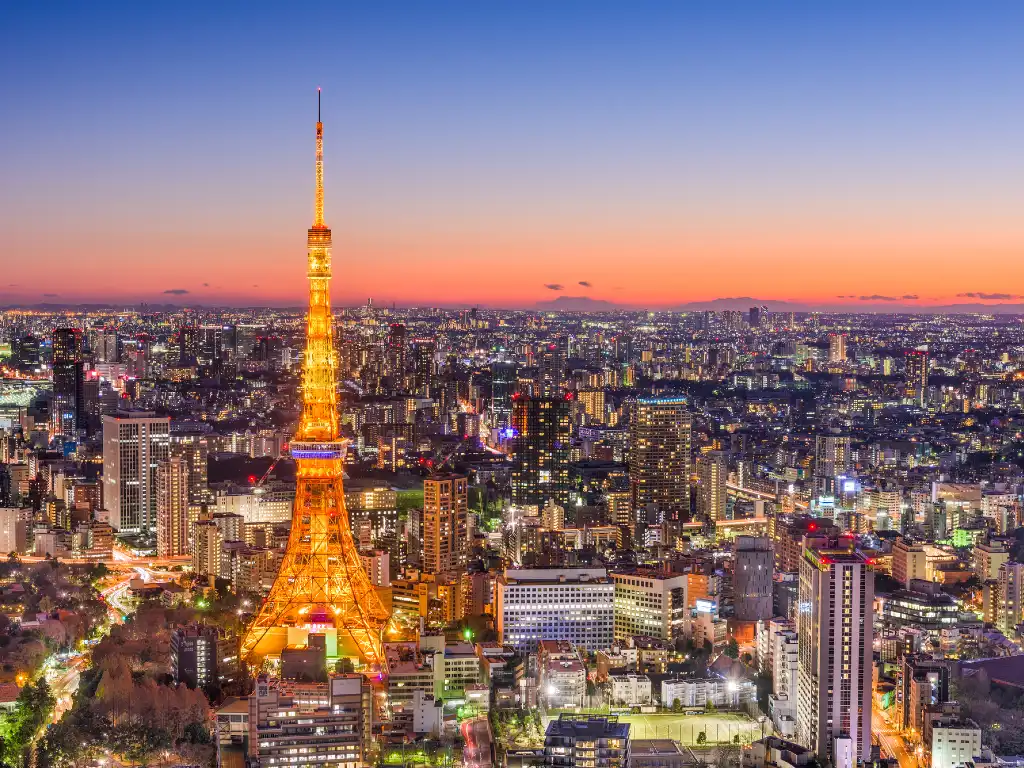
Where to Stay in Tokyo: The Best Neighborhoods and Hotels in 2026
Dec 19, 2025
12 min read
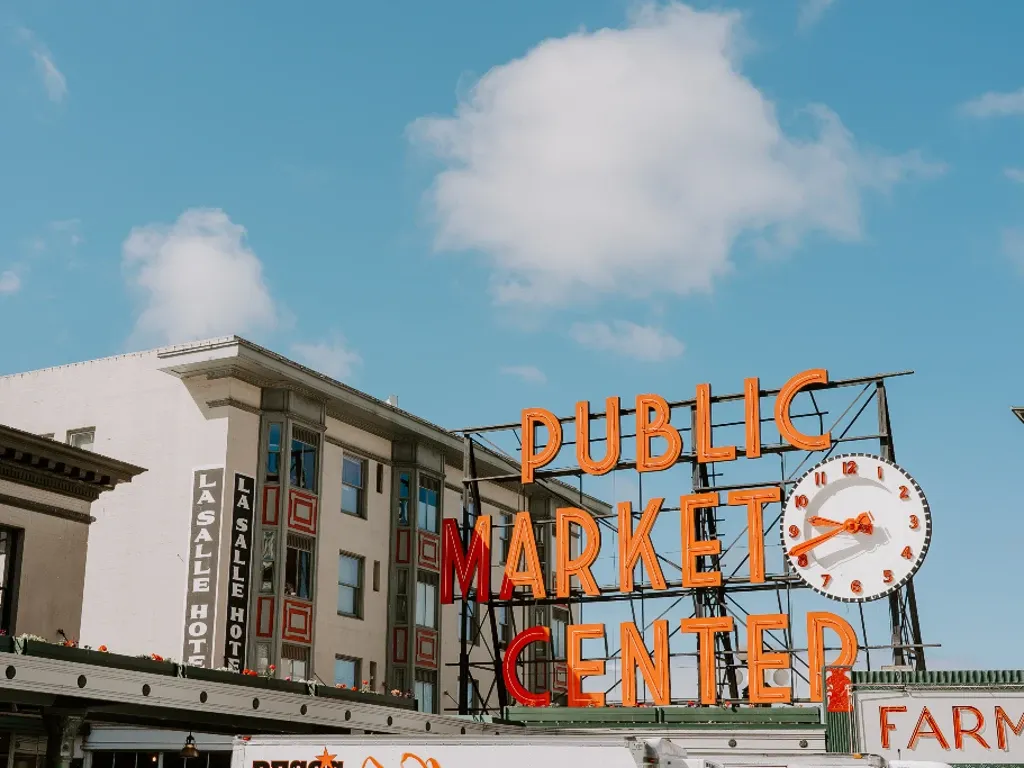
Where To Stay in Seattle: Best Neighborhoods and Hotels for 2026
Dec 19, 2025
10 min read
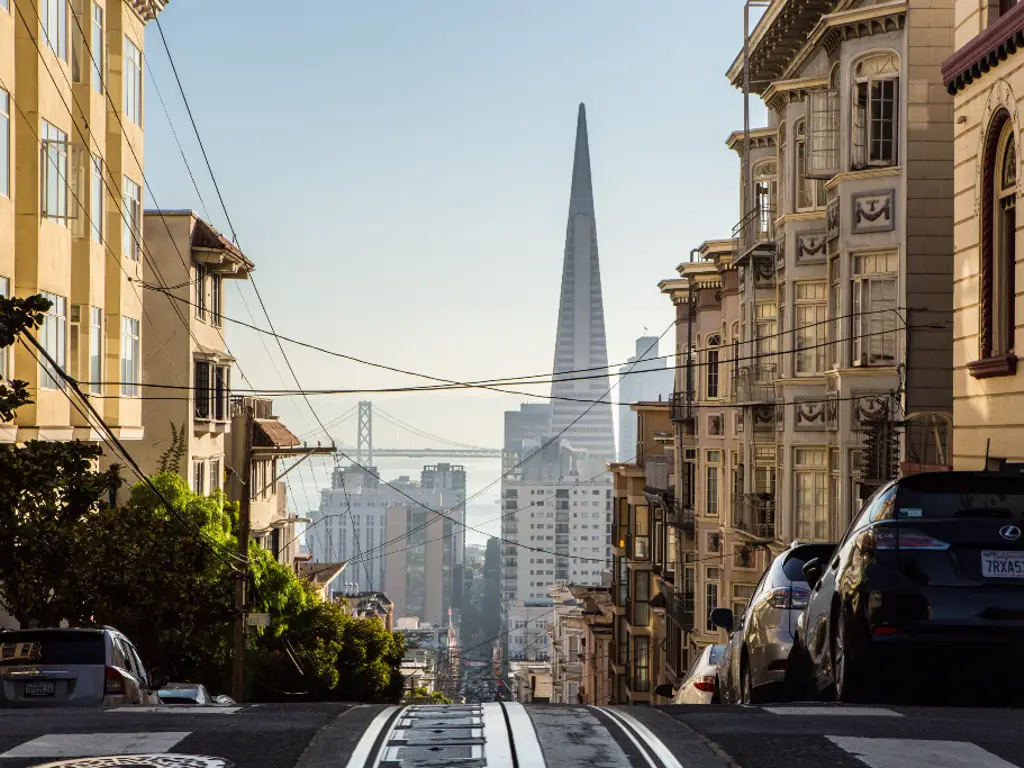
Where To Stay in San Francisco: Best Neighborhoods and Hotels for 2026
Dec 19, 2025
17 min read


